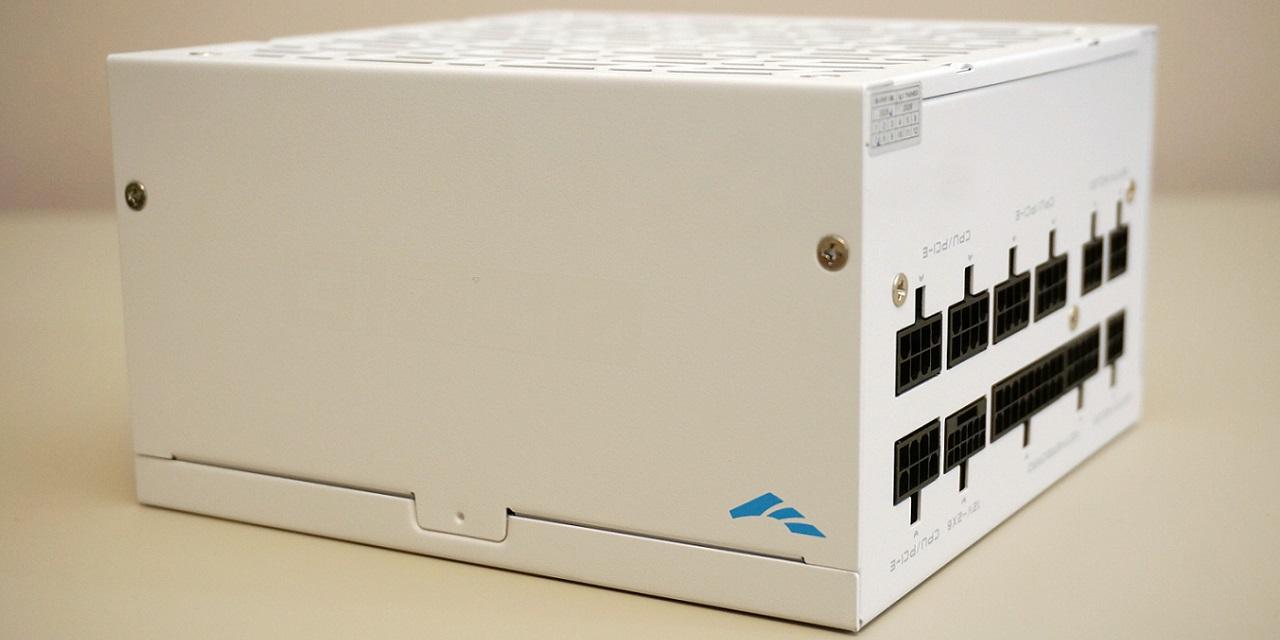|
From X-bit Labs: Microsoft Corp. has announced the availability of Kinect for Windows software development kit (SDK) from Microsoft Research, a free beta release for noncommercial applications. The SDK is designed to empower developers, academic researchers and enthusiasts to create new experiences that include depth sensing, human motion tracking, and voice and object recognition using Kinect technology on Windows 7. “The Kinect for Windows SDK opens up a world of possibilities to developers who want to unleash the power of Kinect technology on Windows. We can’t wait to see what this community will create as we work together to build more natural, intuitive computing experience," said Anoop Gupta, a distinguished scientist from Microsoft Research. The Kinect for Windows SDK, which works with Windows 7, includes drivers, rich APIs for Raw Sensor Streams, natural user interfaces, installer documents and resource materials. The SDK provides Kinect capabilities to developers building applications with C++, C# or Visual Basic using Microsoft Visual Studio 2010. The SDK quickly installs in a standard way for Windows 7 with no complex configuration required and a complete installer size of less than 100MB. Microsoft intends to release a commercial version of the SDK at a later date; details will be released when they are available. Developers have access to raw data streams from depth sensor, color camera sensor and the four-element microphone array. These will allow them to build upon the low-level streams generated by the Kinect sensor. The SDK also has the capability to track the skeleton image of one or two people moving within the Kinect field of view, making it possible to create gesture-driven applications. Audio processing capabilities include sophisticated noise suppression and echo cancellation, beam formation to identify the current sound source, and integration with the Windows speech recognition API. The SDK includes more than 100 pages of high-quality technical documentation. In addition to built-in help files, the documentation includes detailed walkthroughs for most samples provided with the SDK. View: Article @ Source Site |
 |
Microsoft Releases Kinect for Windows Software Development Kit
© Since 2005 APH Networks Inc. All trademarks mentioned are the property of their respective owners.





